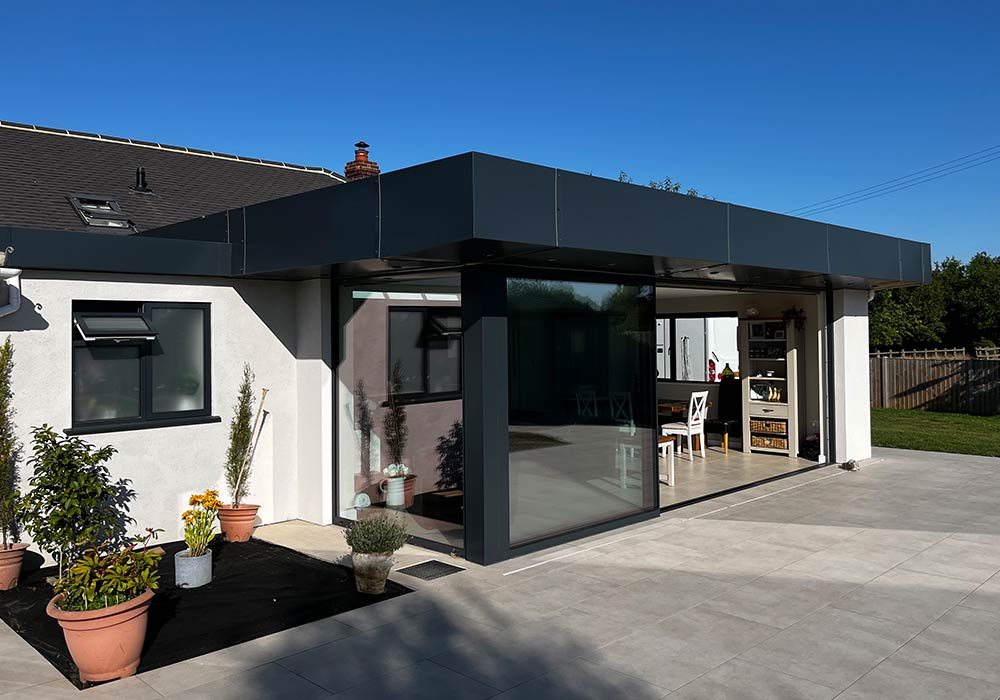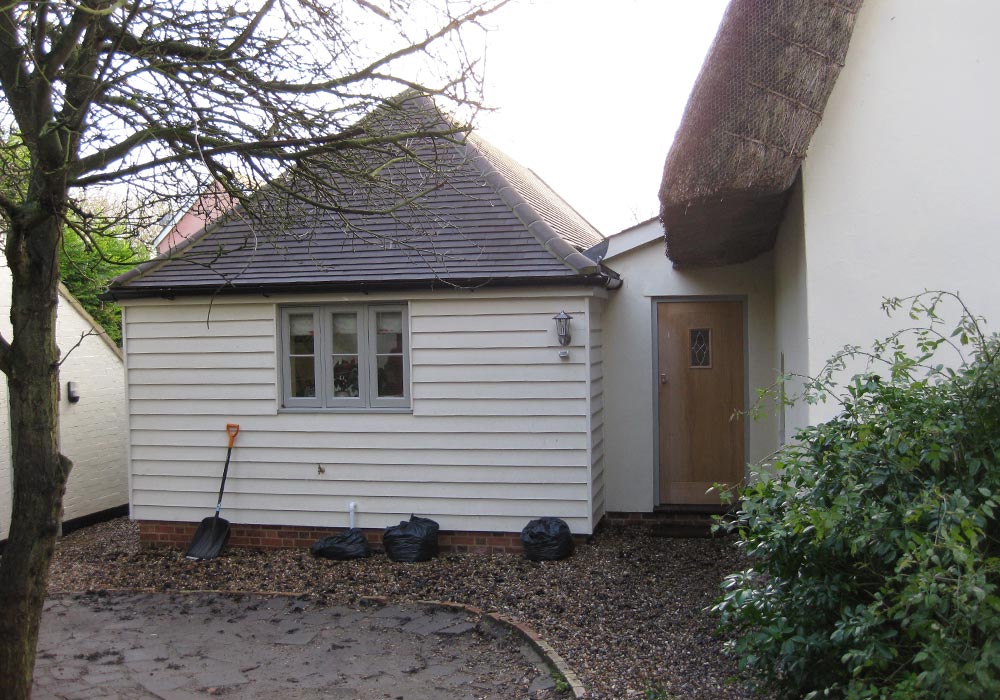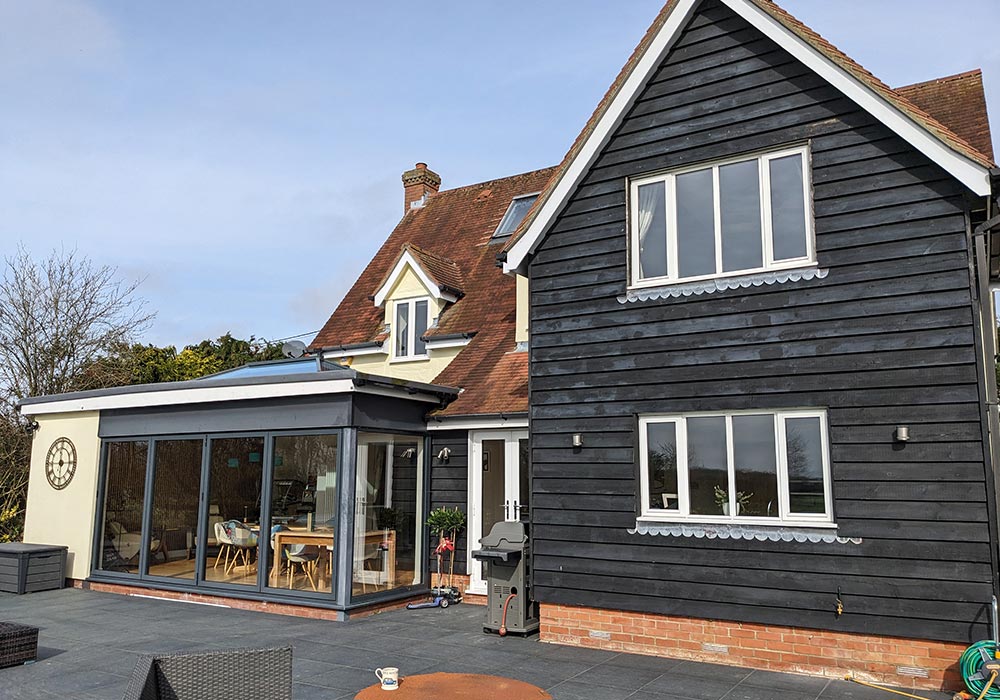We are keen to meet potential new clients and will meet as soon as possible, this is normally within 1 weeks’ time, but will be able to attend sooner if required.
Yes if required, although a meeting during the week is favored , but if this is not possible we keen to accomodate our customers, it is important to have daylight to enable us to see the building or site properly.
We will listen to your needs, advise you honestly, and carry out our work with passion, and a good eye. Our ultimate objective is for you to be pleased with our work and performance, such that you will be happy and willing to recommend us to others.
CDM (2015) is ‘Construction Design Management’ that was updated in 2015. In relation to Architectural Services at the design stage, that there is a role called ‘The Principal Designer’ someone must take this role who is involved in the design decision process and makes sure that Health and Safety is considered at all design decisions. We will provide you with initial information about CDM (2015) at the consultation or proposal stage.
The government’s Health & Safety Executive (HSE) & the Construction Industry Training Board (CITB) websites are both informative. Alternatively we can recommend specialist’s to assist in this area.
We will prepare a file note detailing key elements about the site or building and any influencing factors, it will also detail the discussions we will have had about your requirements, how you intend to use the space, your thoughts on architectural styles and your likes and dislikes.
We will then prepare a fee proposal detailing what we would expect our fees to be for the project as discussed, broken down into various stages of our work. It will also describe what is and what is not included within this fee and also what we would expect other fees and costs would be, such as Structural Engineers fees and planning application fees etc.
These will then be emailed to you for your consideration along with any other helpful documents or regulatory information.
We would normally suggest 1 to 1 1/2 hours on site, but we will spend as much time with you as is required.
We aim to start work on your project within 2 to 3 weeks from instruction, subject to our current workload, but will endeavor to start as soon as we can.
Once instructed, we will arrange to carry out a site survey, including photographic assessment, with you. This maybe a measured survey of the existing building or site by us, or it may be a topographical survey by one of our regular sub-contractors. We would aim to do this within 2 to 3 weeks from being instructed and the ‘Survey as existing’ drawings issued in a week or 2 after that.
We typically work South of Bury St Edmunds, West of Ipswich, North of Chelmsford, and East of Braintree. We regularly work on applications in the Babergh and Mid Suffolk District Councils, West Suffolk, Colchester City Council, Braintree District Council and Tendring District Council.
All details and answers on this page are generic only and should not be relied on for your specific project. If you require specific advice then we recommend you contact us directly with your question, your property details and as much information as possible and we will endeavour to answer as accurately as possible.
Yes you can, its a myth to say you can not. In the heating season opening the windows will reduce the efficiency of the building.
A Passivhaus will have a good supply of fresh clean warmed air via the MVHR unit, and therefore there is no need to open the windows in the heating season.
Yes, the UK Passivhaus Trust organize open days each year, as does the International Passive House Association. Details will be available on their websites. There are also many case studies on both their websites.
The form factor is total external area of the thermal envelope divided by the use-able (treated) floor area. The lower the value, the better the performance of the building. Ideally the form factor needs to below 3 to achieve the standard.
Yes, the high quality construction, design, and workmanship as well as the greater amounts of insulation and the better performing components will lead to increased costs. But this will be partly offset by the decreased cost of installing a full heating system.
As time passes and more Passivhaus buildings are built, economies of scale and familiarity come into play and then also there is the reduced energy costs, improved quality of the internal environment and energy security.
Yes, many commercial buildings have been built to the Passivhaus standard, especially schools. The better internal atmosphere and air quality leads to a more productive working and learning environment. Also because commercial buildings tend to be larger than houses, the form factor is often lower and therefore easier to achieve the standard.
Mechanical Ventilation Heat Recovery (MVHR) is the unit that removes stale or used air from your building whilst extracting most (up to 90%) of the heat from this used air and then transfers the heat via a heat exchanger to the incoming fresh air as it comes into the building. For Passivhaus the unit must be certified, and the system must be designed, installed and commissioned by an suitable M&E engineer.
Air leaking out of a building takes heat with it when it passes from the inside to the outside and is replaced with colder air (or hotter) coming in from the outside. This results in more energy being required to heat (or to cool) the property, it creates drafts and means the building is susceptible to unwanted noise from the surroundings.
The Passivhaus standard (Classic) for air tightness is a maximum of 0.6 m3/p.hr/m2 at 50 pascals (EnerPHit is 1.0 m3/p.hr/m2).
Having high levels of air tightness allows the creation of the warm, draft free, quiet and energy efficient internal environment which along with other factors is an essential part of creating a super low energy building.
The performance of the Passivhaus project is calculated using an Excel Spreadsheet, called Passivhaus Planning Package (PHPP). It is a very large, complicated spreadsheet, built over many years of research and reassessment. This is the principal tool for a Certified Passivhaus Designer.
Because of the many years of fine tuning, and the amount of information required as well as the way the tool uses the data, it is proven to be a very accurate tool to calculate the performance of a potential building with completed buildings often reporting a better performance than predicted.
From completing the ‘Survey as existing’ drawings, we will check and confirm the brief (detailed in the ‘File note’) and aim to make a start on the design stage within 2 weeks, depend on our current workload.
Permitted Development, is work that is allowed to a property or site without the need to gain Planning Permission.
There may be certain criteria to comply with, or certain situations that prevent Permitted Development being applicable.
If you think Permitted Development is applicable to your project, we strongly recommend that the situation is thoroughly checked prior to commencement. Sometimes the only way to gain a definitive answer is via a ‘Certificate of Lawfulness’.
We are always happy to discuss this should you wish.
Certain specific developments do not require Planning Permission but do require a formal Prior Notification submission to the Local Authority to check the details are Permitted development.
In most cases Prior Notifications have less restrictions and require less consultations than a Planning Application. There are several different types of Prior Notification but are mainly relevant to Commercial and Agricultural situations rather than Domestic.
Yes, it is true, from the 5th December 2023, the Planning Application fees increased and the option to have a ‘free go’ once the decision has been made, or the application has been withdrawn, has been removed and is no longer an option.
There are 2 main sources of Policy; Firstly, there is the ‘National Planning Policy Framework (NPPF) produced by central government. Secondly there is the Local Authority policies, that are normally published on their website. If relevant the Local Authority will contain details of any relevant Neighbourhood Plans that may exist for that area.
Pre Application advice is a formal, though informal method of gaining the Local Authorities planning advice or thoughts regarding a potential application. This can be particularly useful for Listed Buildings, or more complicated applications. We will discuss this with you at the Consultation stage and are always happy to discuss the Pros and Cons of this.
A Householder Planning application is for most applications to an existing dwelling, including extensions, a garage, cartlodge, outbuilding, alterations, or an annexe.
A Full Planning Application is for most other types of applications, such as a new dwelling, a replacement dwelling, a commercial application, and a change of use, but to name a few.
There are also many other types of lesser known applications. We would typically discuss this at the Consultation stage, to establish the consents that are required and the most suitable method to apply for. We may recommend the involvement of a Planning Consultant.
Listed Building Consent is required for work on a Listed Building and is normally applied for alongside a Planning Application. An application for Listed Building Consent is made to, and determined by, the Local Planning Authority, with the Heritage Officer being the main consultee.
Listed Building Consent is required for all works of demolition, alteration, or extension to a Listed Building. This could also include any works within the curtilage of the Listed Building. If you are unsure whether consent is required, please contact us for advice. It is important that any work carried has consent prior to being carried out. There can be severe penalties for work carried without the appropriate consent.
The Planning Portal website contains lots of information. www.planningportal.co.uk We are always happy to discuss your specific questions.
Yes, typically we will act as your agent and submit the application on your behalf including liaising with the Planning Officer if necessary. Once the design is agreed with you, we will then work towards completing the Planning Application pack, which includes the forms, drawings, and reports. The reports required, depending on the application, maybe compiled by us or by 3rd party support. We will then email this to you to for a final check over prior to submitting on your behalf.
Typically the consultees will consist of; your neighbours and the Parish or Town Council. Depending on the application there may also be consultee requests from the Heritage department, Highways, Environmental Health, Environment Agency amongst others.
We normally advise clients to allow approximately 8 to 13 weeks, for a straightforward application. The Planning Officer may ask for an extension of time, especially if the Planning Officer has requested an amendment and a statutory consultee requires more time to comment further.
We do keep in close contact with the Planning Officer during the application process and keep our clients informed of progress where relevant, this ensures we have done everything we possibly can to gain a positive result. If it later appears that a refusal is likely, unless an Appeal is feasible or desired, we would recommend the application is withdrawn, reviewed and renegotiated. If we feel an Appeal is the desired action to take, we will recomend and require the assistance of a Planning Consultant.
CDM (2015) is ‘Construction Design Management’ that was updated in 2015. In relation to Architectural Services at the design stage, that there is a role called ‘The Principal Designer’ someone must take this role who is involved in the design decision process and makes sure that Health and Safety is considered at all design decisions. We will provide you with initial information about CDM (2015) at the consultation or proposal stage.
The Building Regulations are a set of rules and standards that are produced by the Government to ensure minimum standards for health, safety, welfare, convenience, energy efficiency and sustainability are achieved. They are published in a set of documents called the ‘Approved Documents’.
To ensure the building complies to the current Building Regulations the drawings and calculations, and then when the building is under construction, is all inspected by a Local Authority ‘Building Control Officer’ or a non-Local Authority ‘Appointed Inspector’.
Building Regulation drawings contain the technical details of the project and along with other supporting information (such as calculations) which are submitted for the Building Regulations application for approval.
They will also form part of the package of information to supply to a Builder or Contractor to prepare a quotation and build from. The package should also include the client’s particular requirements and if applicable the Planning permission and approved details.
Possibly, depending on the design, we will advise you if a Structural Engineer is required. We will ensure you are informed of the costs prior to commencement, and we will then liaise and coordinate directly with the Structural Engineer on your behalf. We can use one of a few that we regularly work with, or we can work with one you know or wish us to use.
All buildings, new builds, extensions, and renovations both residential and commercial are required to have a certain level of thermal performance. Glazing is typically the weakest element of any building in terms of thermal performance and therefore to comply with the Building Regulations we will be limited with the amount of glass we can use in a design. However, there are several different things we can do to maximize the amount of glazing in the design, such as upgrading other elements of the building, creating renewable energy or improving the efficiency of existing heating systems.
Yes, once the drawings and supporting information is complete we will then email this to you to give a final check over, prior to submitting. Once authorized by you we will submit the application on your behalf and liaise with the Building Control Officer or Appointed Inspector if necessary, through to an approval.
A Building Inspector working for the Local Authority is the traditional route to have Building Regulation plans vetted and the work inspected on site. The private Building Inspector (Appointed Inspector) works for a private firm and performs a similar role as the Local Authority Building Inspector.
We have regular Inspectors we use depending on the location of the project and will consider the clients or the builders preference.
Our normal advice is to select 3 Builders or Contractors you are happy to award the work too, in selecting these 3 you should consider if they have carried out similar projects before, are capable of the work involved and if they have satisfied clients, etc. Then once you are satisfied with the above you should then ask for a quotation with as much detail provided as possible including a potential start date and contract length. We are able to assist with this process if you wish.
The more information the Builder or Contractor is provided with the more accurate the quotation will be and the less chance of extra’s. Ideally the builder should be provided with:
- The Planning pack (Application form, Design & Access Statement, Approvals, Approved drawings and any other documents within the application).
- He/she should also be provided with the Building Regulations pack (Application form, Approval, Approved drawings, Structural engineer’s calculations and any other documents within the application).
- Then finally any additional information from you, the client, such as finishes, electrical requirements, makes and models of sanitary ware etc.
Once you have the quotations in they should be scrutinized and checked that all you have asked for is included and make sure that each Builder or Contractor is quoting for the same end result. It is also important to make sure you feel comfortable with the builder or contractor and communication goes well between you. Then you decide. We are always available to assist with this if you wish.
Yes, we are available on the telephone or on site for either you or your builder to ask questions about the project, this may be subject to our agreed hourly rate.
Yes, our objective is to assist you in achieving the completed project in the best manner possible. Post approval we normally work on an hourly basis and charge accordingly.
Need help with a project you have in mind, please get in touch.


